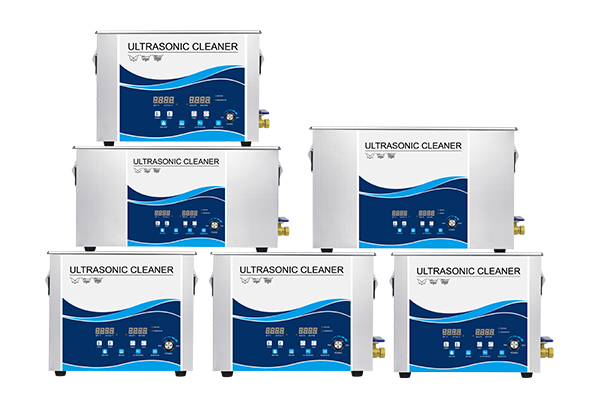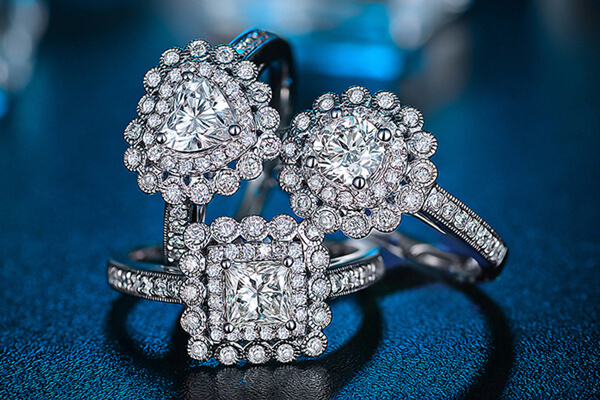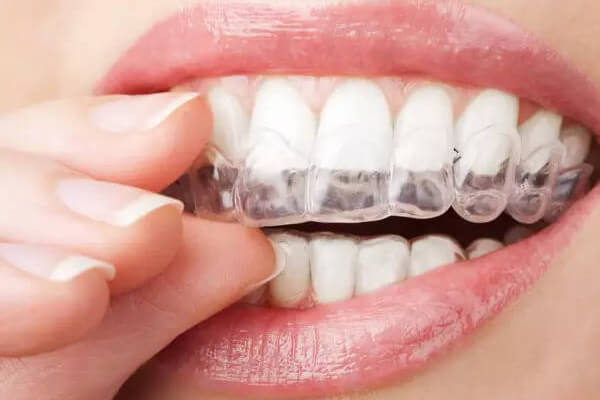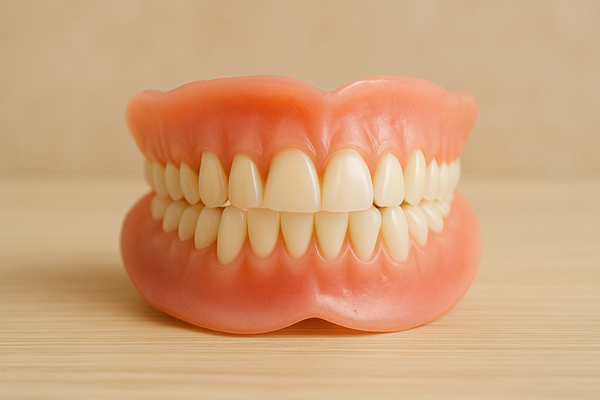Watches aren’t just tools for telling time—they’re personal. Whether it’s a luxury timepiece, a sentimental gift, or your trusty everyday wristwatch, keeping it clean is a part of keeping it beautiful. But as grime builds up in those little crevices—around the bezel, between links, beneath the crown—a quick rinse or polishing cloth might not cut it. That’s where ultrasonic cleaners come in. But can you really trust one with your watch?
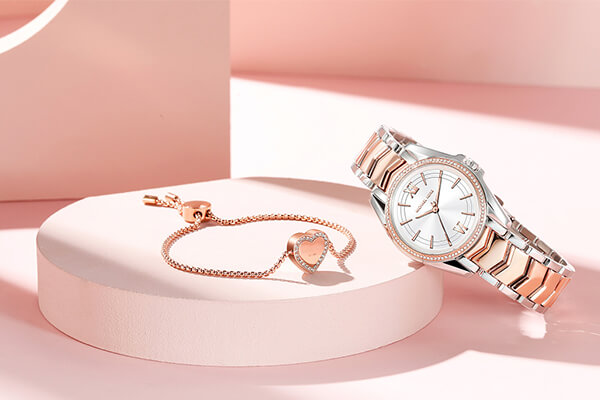
The Ultrasonic Temptation
If you’ve ever seen an ultrasonic cleaner in action, you’ll understand why the idea is so appealing. You lower something grimy into a bath of water and detergent, push a button, and minutes later it comes out sparkling. No scrubbing, no abrasives, no awkward toothbrush maneuvers.
Ultrasonic cleaners use high-frequency sound waves—typically 40 kHz or higher—sent through a liquid. These sound waves create microscopic cavitation bubbles that collapse against surfaces, dislodging dirt and oils even from the tiniest grooves. It’s a kind of invisible scrubbing, powerful yet gentle—at least in theory.
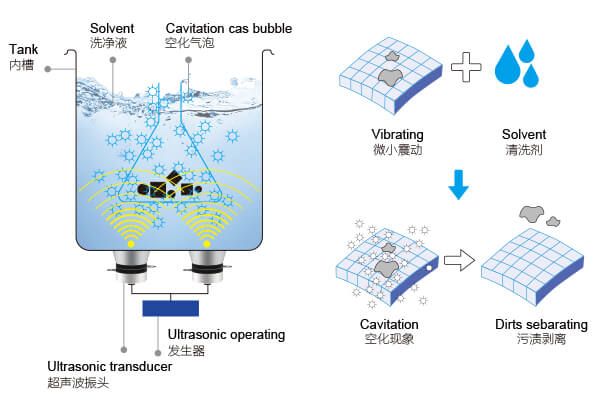
Can You Clean a Watch in an Ultrasonic Cleaner?
The short answer is yes—and no.
You can clean parts of your watch in an ultrasonic cleaner. Watch bracelets, especially stainless steel ones, respond beautifully to ultrasonic cleaning. Links that haven’t seen daylight in years come out gleaming. But the watch head (the part with the movement, dial, and case) is another story.
Unless your watch is fully water-resistant and specifically rated to handle immersion under pressure, submerging it in an ultrasonic bath risks allowing water—and detergent—inside the case. That could mean foggy dials, corroded movements, and a very expensive repair bill.
Even with waterproof watches, seals can weaken with age. That’s why most professional watchmakers remove the bracelet and clean it separately from the watch head.
When It’s Safe—and When It’s Not
If your watch is mechanical, vintage, or has any kind of non-metallic strap or intricate inlays (wood, leather, gems, etc.), ultrasonic cleaning can be risky. For instance:
- Leather straps can absorb water and crack.
- Vintage dials are often fragile and irreplaceable.
- Mechanical movements contain tiny gears and jewels that could be disturbed by high-frequency vibration if exposed.
On the other hand, a stainless steel or titanium bracelet with no electronics or glued-in parts is practically made for ultrasonic cleaning. Just remove it from the watch head and clean it on its own.
How to Use an Ultrasonic Cleaner for Watch Cleaning (Safely)
First, make sure you’re only cleaning components that are safe to immerse—usually just the bracelet. Here’s a practical, safe setup:
- Use warm water, not hot, and add a few drops of mild dish soap or an ultrasonic-specific cleaning solution.
- Place the bracelet in a mesh basket to avoid direct contact with the tank’s base.
- Run the machine for about 3 to 5 minutes—enough to loosen dirt, but not long enough to wear down finishes.
- Rinse with clean water and dry with a lint-free cloth.
If your bracelet has rubber seals or bonded joints, limit cleaning to shorter cycles and gentler solutions.
And don’t forget to regularly clean your ultrasonic tank, too—leftover oils and debris can transfer to other items.
Cleaning demonstration
Common Ultrasonic Cleaning Solutions for Watch Components
To help you choose a reliable cleaning solution, here’s a comparison table of several commonly recommended ultrasonic cleaning fluids for watch bands and metal components:
| Brand/Name | pH Range | Suitable For | Notes & Warnings |
|---|---|---|---|
| Elma Clean 85 | Neutral (6–8) | Stainless steel, precious metals | Safe for most watch bracelets; avoid direct contact with leather or rubber |
| Branson Jewelry Cleaner Concentrate | Mild alkaline (~9) | Gold, silver, stainless steel | Gentle but effective; do not use with pearls or soft gemstones |
| Crest Ultrasonics 210 | Alkaline (10–11) | Heavy grease and oils on metal parts | Powerful degreaser; not for delicate finishes |
| Homemade Mix (dish soap + warm distilled water) | Neutral (~7) | Stainless steel, titanium | Budget-friendly and safe; less effective on oxidized or heavily soiled surfaces |
| Simple Green Crystal | Mild alkaline (~9.3) | Aluminum, chrome, coated metals | Non-toxic and biodegradable; test first on colored coatings |
Important tip: Never use ammonia-based solutions on gold or vintage watches, as they can cause micro-pitting or damage decorative finishes.
If you’re cleaning bracelets with gaskets, spring bars, or glued components, always opt for neutral pH solutions to avoid swelling or loosening the adhesives.
What About Smartwatches or Fitness Trackers?
The answer here is simple: no.
These devices contain sensors, glue, adhesives, and sometimes weak waterproofing that can all fail under ultrasonic stress. For wearables like Apple Watches, Garmin trackers, or Fitbits, your best bet is a damp microfiber cloth and perhaps a soft-bristled brush for the crevices.
Home vs. Professional Use
You don’t need a giant industrial machine to clean your watch bracelet effectively. Home ultrasonic cleaners in the 0.8L to 2L range work fine. However, make sure yours offers the following features:
- Adjustable timer: So you can fine-tune the cycle duration.
- Heater (optional but helpful): Warm water works better than cold, especially with oily grime.
- Power control: Lower wattage is gentler on delicate finishes.
- Mesh basket or rack: Avoid direct contact with the tank bottom.
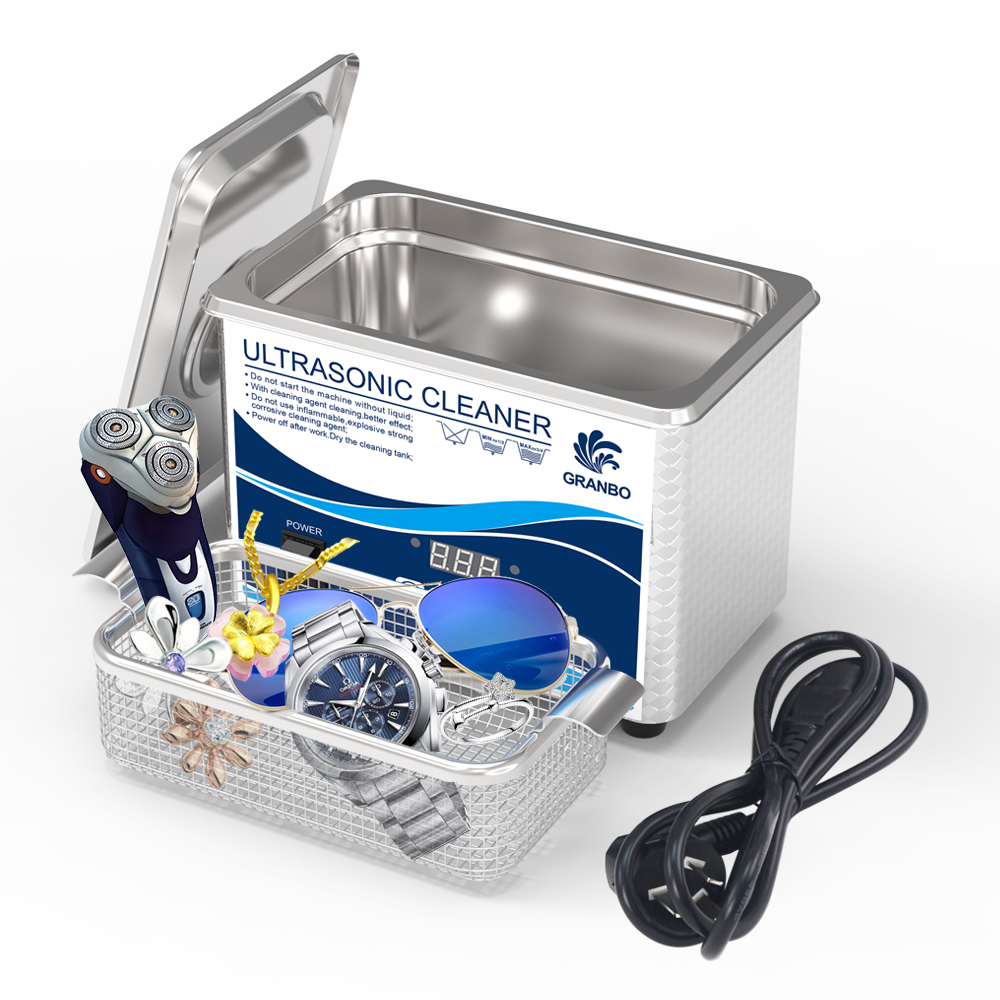
Real-World Tips from Watch Collectors
Many collectors swear by ultrasonic cleaning—but with caveats. One Redditor in a watch community shared how he ruined an old Seiko by dunking the whole thing, head and all, into a cheap ultrasonic cleaner. Another praised the results on his Omega bracelet but mentioned he always dries it with compressed air afterward to prevent rust inside the pins.
This is the trade-off: fantastic cleaning, if you’re careful. A cautionary tale if you’re not.
What Professionals Say
Watchmakers often use ultrasonic machines in their servicing process—but with precision. The watch is disassembled, the movement cleaned using specialized solutions, and the case and bracelet cleaned separately. Some even use ultrasonic stylus pens for local precision cleaning of crowns or case backs—an advanced option for intricate restoration work.
According to WatchTime Magazine and servicing guides by brands like Omega and Rolex, ultrasonic cleaners are part of standard service equipment, but not recommended for complete watches outside of professional environments.
Alternatives for Whole-Watch Cleaning
If you’re looking to clean the entire watch and not just the bracelet, try these:
- Microfiber cloth with warm water and gentle soap for basic daily grime.
- Soft-bristled toothbrush for buildup around the lugs or under the crown.
- Isopropyl alcohol on a cotton swab (just a dab!) for disinfecting metal surfaces.
Still feel unsure? Take your watch to a certified repair center or jeweler who can professionally clean it without risking damage.
Final Thoughts
Ultrasonic cleaners are amazing tools—but like any power tool, they require judgment and restraint. Can you clean your watch in one? Yes, if it’s the bracelet. No, if it’s the entire case, especially if it’s vintage, mechanical, or electronic.
Used smartly, though, an ultrasonic cleaner can make your watch look brand new again. Just remember: when in doubt, treat your watch the way you’d treat a classic car—clean it often, but never recklessly.

